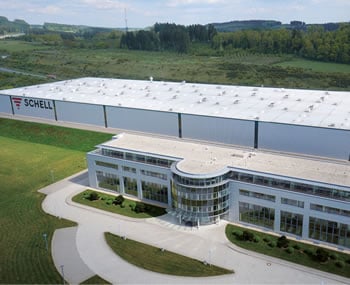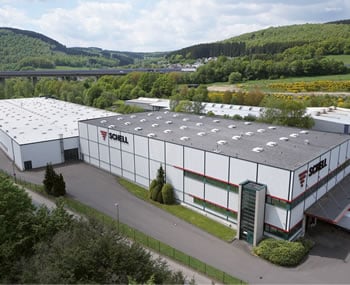Flushing stations are history: the future belongs to electronic fittings
4-minute read
In earlier times, flushing stations were good solutions for positively influencing drinking water hygiene. Today, however, electronic fittings offer the option of automated stagnation flushes, which provide a better level of support for maintaining drinking water hygiene while also being more economical and more practical in terms of installation.
Flushing across all tapping points – and not just the flushing station
Flushing stations were an important milestone in the evolution of the fittings used in buildings. However, as science has learned that bacteria can also enter the drinking water installation against the direction of flow – by contaminating unused tapping points – their contribution to drinking water hygiene is now no longer adequate. In Germany, for example, a flushing station in a ring main or at the end of a serial main does not exempt facility managers from the obligation to flush across all tapping points (see VDI 6023 Part I, section 5.3.8). Only operation of the drinking water installation across all tapping points while accounting for the concurrencies used to plan the installation can constitute ‘specified normal operation’. To achieve this, all tapping points must be flushed no more than 72 hours after the last use. To achieve the required concurrencies, multiple tapping points will typically need to be opened simultaneously. Flushing stations, which can maintain flows of 2 l/min to max. 15 l/min (typically 10 l/min), are rarely able to reduce the effort required, as this flow rate is the same as no more than three sanitary fittings (5 l/min). Accordingly, they do not live up to their reputation of helping to maintain drinking water hygiene and certainly do not offer an all-in-one solution.
Issues with installation
Electronic fittings – like those from SCHELL – also have a number of advantages when it comes to cost savings and the practicalities of installation. Flushing stations will typically require their own water and wastewater connections, as well as a power source. They are also significantly larger than any electronic fitting. All of these things make their installation more problematic. In the past, complex – and expensive – conversion work was simply accepted as part of renovations aimed at achieving optimum drinking water hygiene. Today, however, thanks to advances in fittings technology, this is no longer required.
Simpler, cheaper and handier than flushing stations
Electronic fittings that offer the option of stagnation flushes can simply take on the job of a flushing station. For example, these fittings can be programmed so that a stagnation flush takes place automatically 24 hours after the last use. A new flow regulator can also be installed to increase their litre output, if required. They are also more appealing from a design and cost perspective, while also requiring much less space than flushing stations. Battery-operated electronic fittings that do not need a dedicated power supply are an ideal choice for retrofits.
Electronic fittings for modern sanitary facilities
In the modern sanitary facility, flushing stations are therefore passé. Electronic fittings are the better solution – technically, hygienically and economically. Apart from easy installation, these fittings also offer valuable support for maintaining drinking water hygiene. When used in conjunction with a water management system – such as the SWS Water Management System from SCHELL – they then become even easier to program, control and monitor. The system also offers a centralised option for configuring concurrencies, while also logging all stagnation flushes that take place. Go here to find out more about SCHELL SWS. As a facility manager, this post gives you all the background you need to stay on top of your drinking water hygiene.
Want to know more about how a modern installation can operate without a flushing station? Then check back in a few days for our new blog post on this topic. Our next post provides you with a field report on the WALIS E wash basin tap – the ideal solution for cold water and mixed water tapping points.

![[Translate to English:] [Translate to English:]](/fileadmin/_processed_/1/b/csm_symstemloesungen_e2_thumb_6bca267f26.jpg)
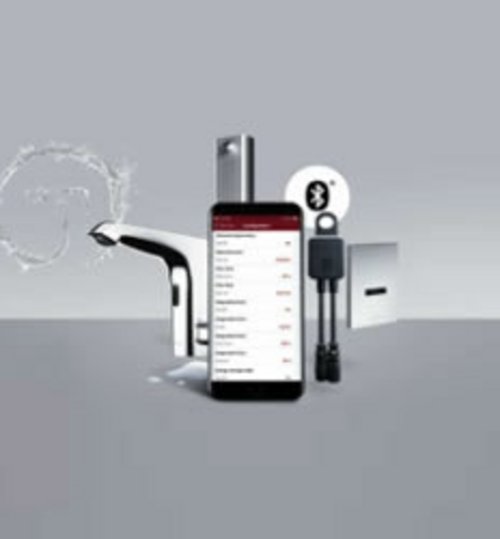
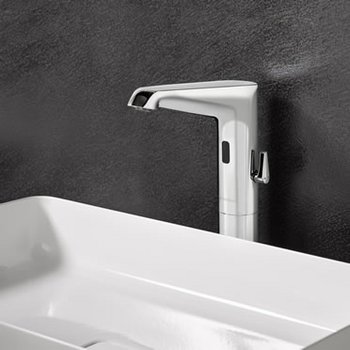
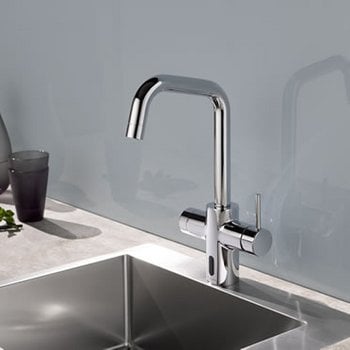
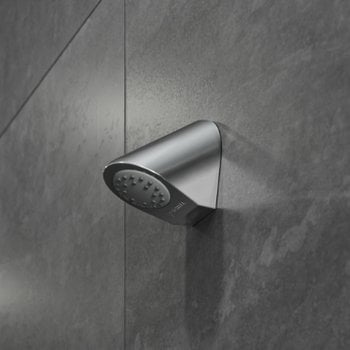
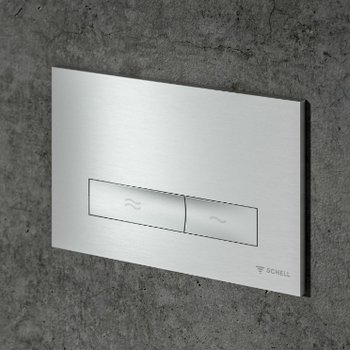
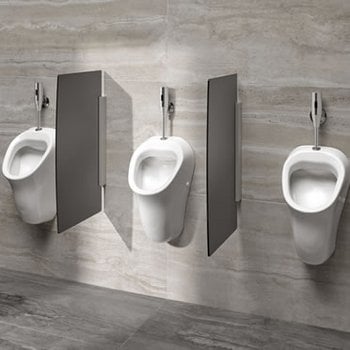
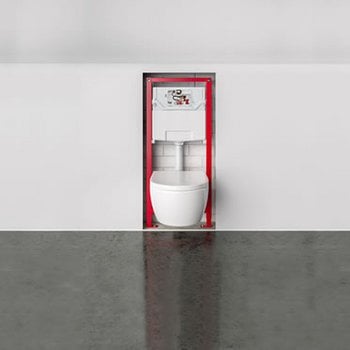
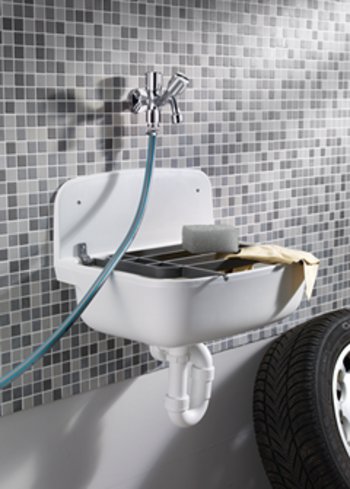
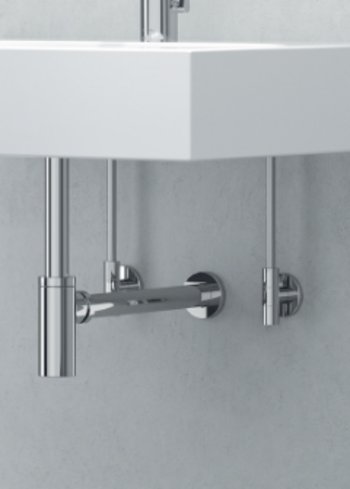
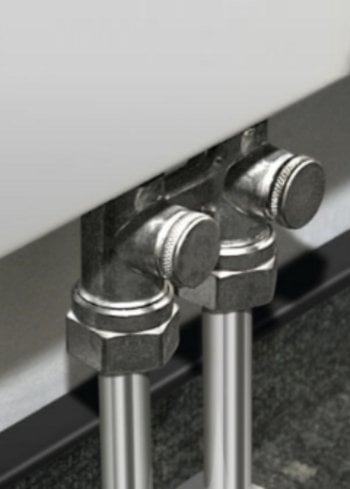
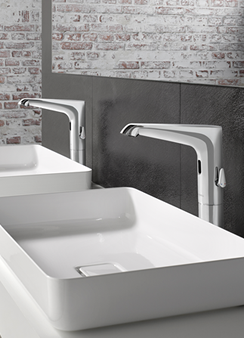
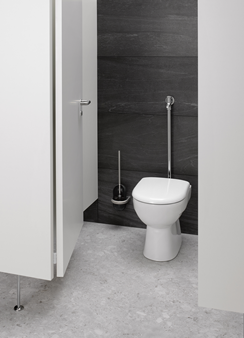
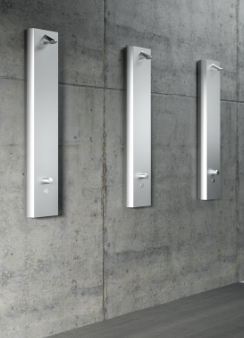

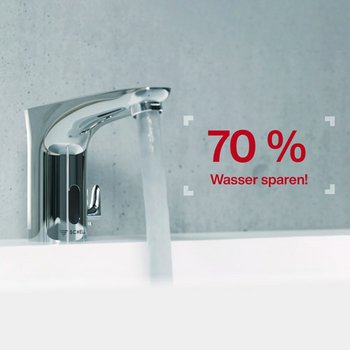
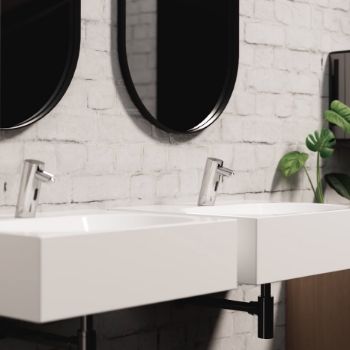


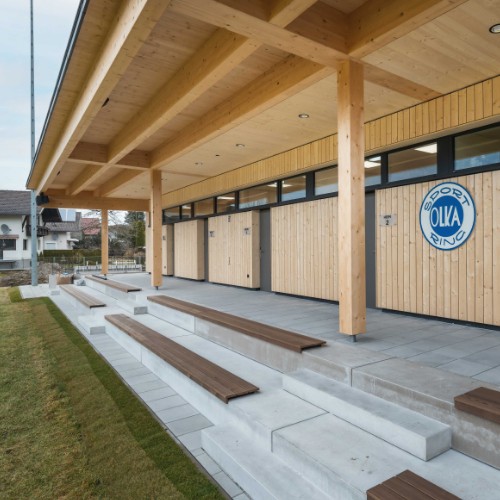
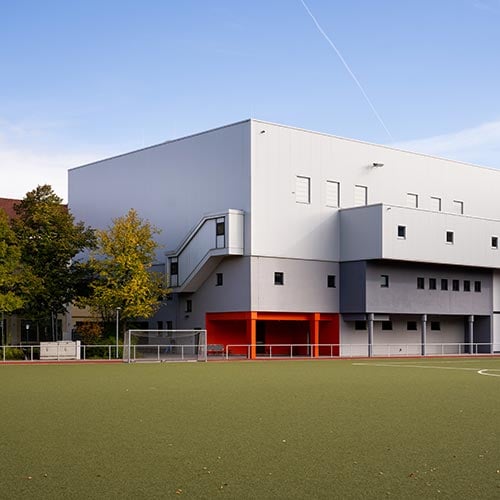
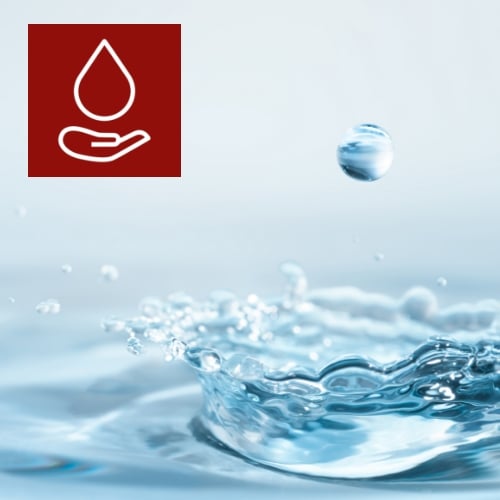
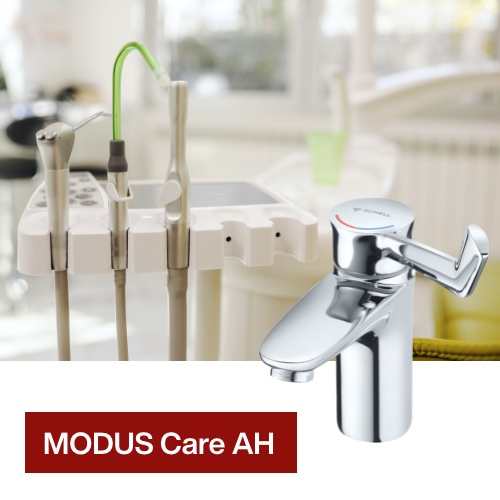
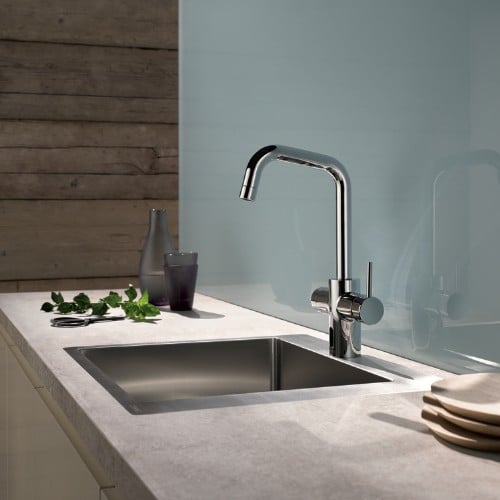
![[Translate to English:] [Translate to English:]](/fileadmin/user_upload/images/menu/menu_service_downloads_broschueren.jpg)
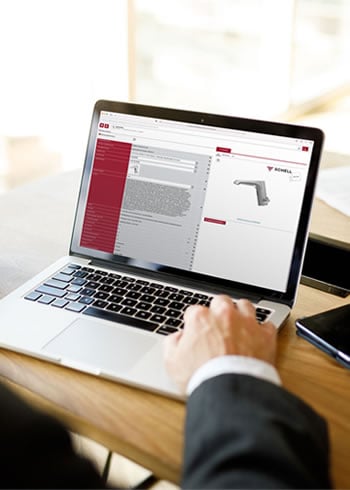



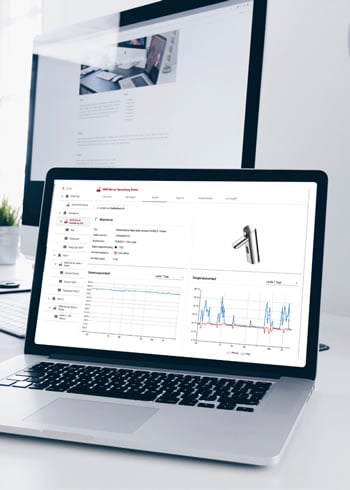


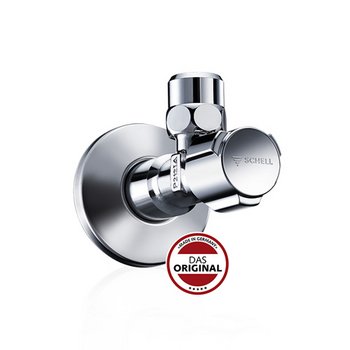
![[Translate to English:] [Translate to English:]](/fileadmin/_processed_/7/7/csm_menu_unternehmen_ueber-schell_awards_f6cec25b1d.jpg)
![[Translate to English:] [Translate to English:]](/fileadmin/_processed_/a/0/csm_menu_unternehmen_ueber-schell_wasser-sparen_41036d2dd9.jpg)


